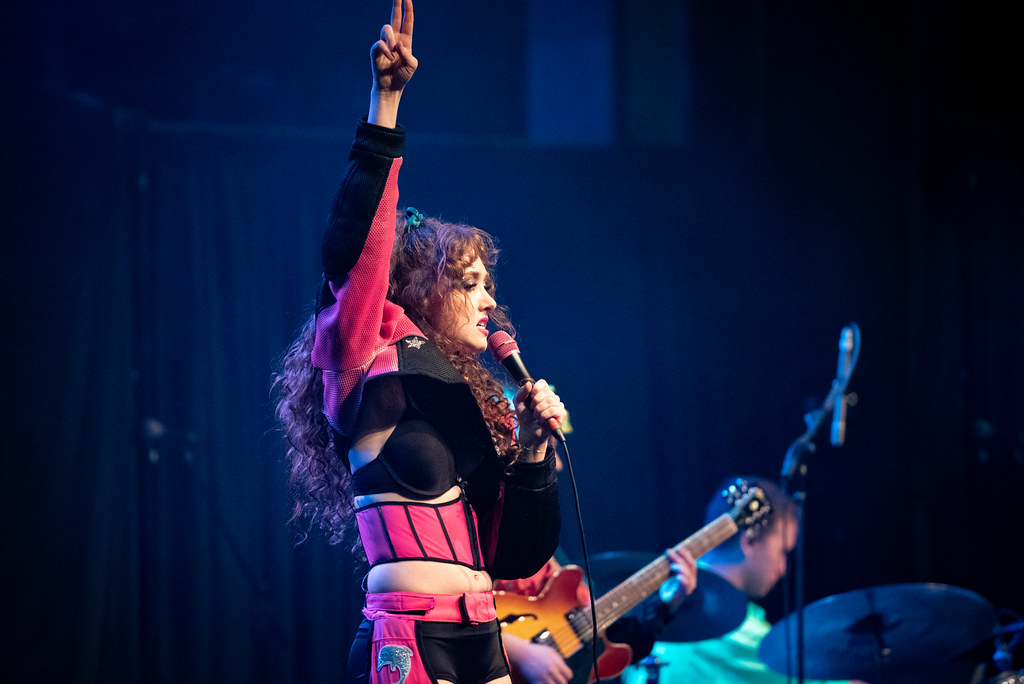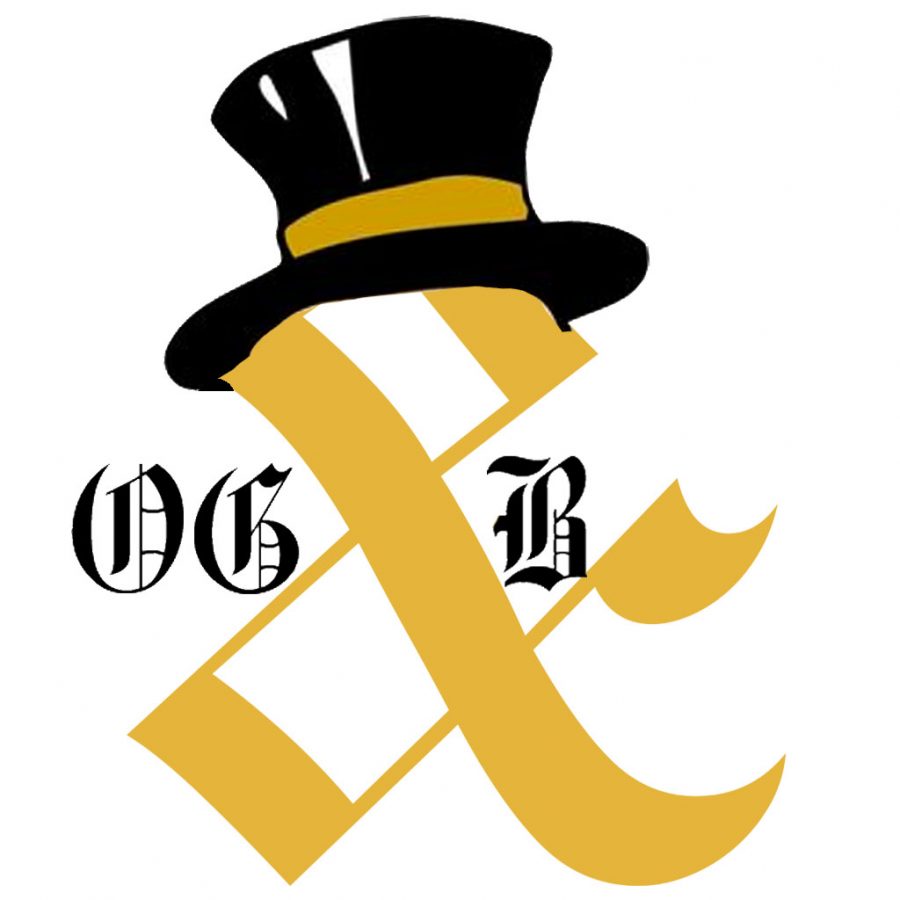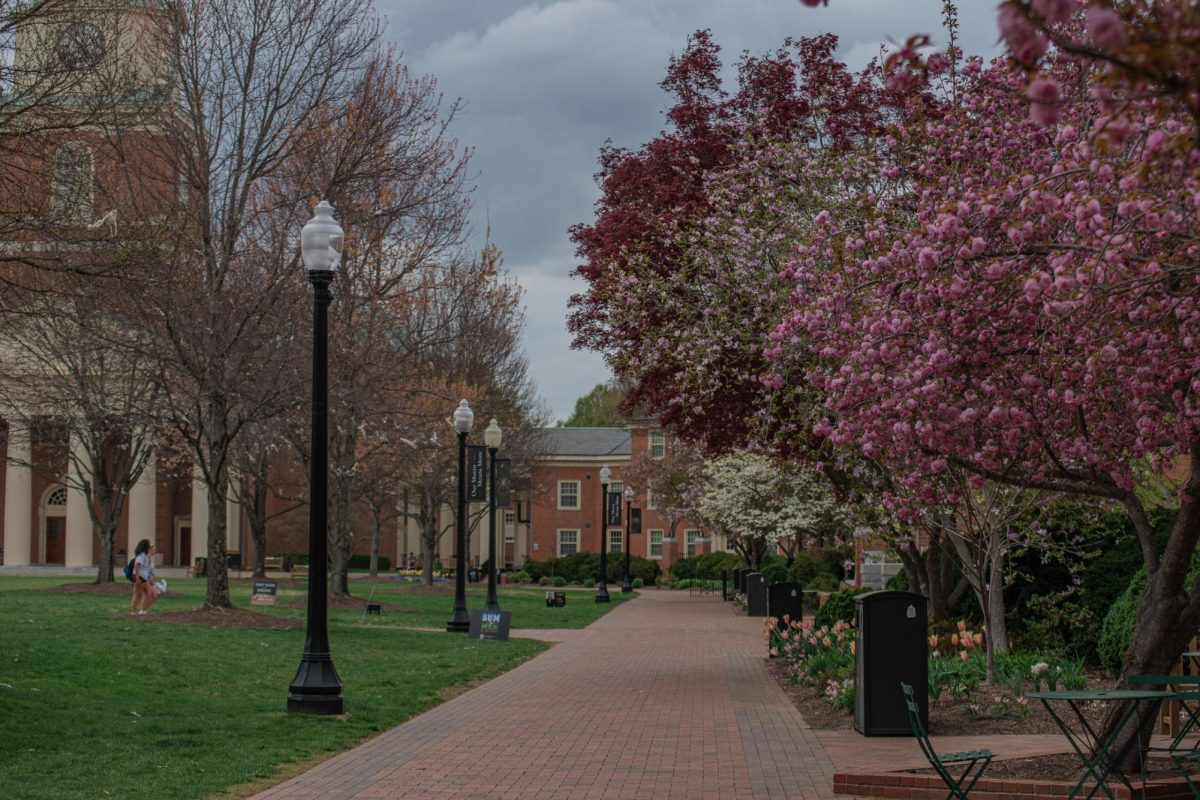Young female artists have been dominating, and in many ways reviving, the pop scene this summer with an onslaught of fun, danceable music specifically written for young female fan bases. This “femininomenom” is emblematic of a larger phenomenon slowly dividing Gen Z — gender polarization.
Chappell Roan’s abrupt surge to fame was supported by hits such as “HOT TO GO!” and “Femininomenon” which promote female autonomy and self-confidence with lyrics that remind her once primarily LGBTQ+ fanbase how disappointing and unfulfilling men can be romantically in comparison to other women. TikTok is now bombarded with fans of all sexualities doing her YMCA-inspired dance and singing, “Call me hot, not pretty.”
Her 80’s style music has drawn significant pink-cowboy-hat-wearing crowds to music festivals across the U.S., but she’s not the only female artist having a successful summer.
Sabrina Carpenter has been touring across the country and making waves on the internet with her creatively tailored outros on her hit “Nonsense,” her glittery hyper-feminine minidresses and her new music video where she warns her actor boyfriend, Barry Keoghan, not to “embarrass” her.
Taking a similar tone to Roan and Carpenter, Charlie XCX recently released her long-awaited album “Brat” where she processes her experiences as a woman in playful but sincere ways. On her album, she includes a song about the pressure of the biological clock that all women are on when determining whether to have children and even teamed up with Lorde on a track to sort out the complexities of being pitted as rivals in the industry by “working it out on the remix.”
Gracie Abram’s new album, “The Secret of Us,” celebrates her independence and her relief to be removed from her former partner who she sarcastically refers to as “one of the boys” and reminisces on their “shitty friends and nights of their binge drinking.” She writes in “Tough Love,” “No chance I waste my twenties on random men / Not one of them is cooler than all my friends.”
These artists, as well as other notable female artists this summer, have produced distinct albums that reflect their growth as musicians while culminating their experiences as women. Yet, they all share sentiments of dismissing men in favor of themselves and their relationships with other women.
Their music is fun, and feminine, but also reflective of a significant cultural shift taking place in Gen Z — the genders are becoming more polarized from each other and it’s materializing politically and socially.
Gallup data shows that in the U.S., after decades of the sexes being spread somewhat equally across liberal and conservative world views, women aged 18 to 30 are now 30 percentage points more liberal than their male contemporaries. This gap took only six years to develop within Gen Z.
The timeline of this gap not only aligns with the #MeToo movement but also with the evolution of TikTok. The app was the most downloaded app in the country, and the world, in 2020, 2021 and 2022. Furthermore, 60% of app users are Gen Z. Our usage of TikTok has large implications on our perceptions of the world and pop culture.
The app has continuously proven its power over determining fashion trends, its ability to launch artists into stardom and its heavy sway over social rhetoric. It’s designed to track how long you interact with videos and expertly creates a personalized algorithm that guides users deeper into whatever “side” of TikTok appeals most to them. In this way, the app has been astonishingly successful in keeping users invested with users averaging 95 minutes per day on the app according to the Omnicore Agency.
Although I understand there is a massive spectrum of the “sides” of TikTok, it never occurred to me how different the sides can really be. I was so deep into my curated news-silo-esque TikTok timeline that it would shock me when I referenced what I believed to be mainstream pop culture (such as the infamous Paul Mescal Met Gala photo) to men only for them to not even vaguely know what I was referring to.
This led me to conduct my very own, and admittedly very unscientific, study where I would ask a guy also in their twenties to open their TikTok timeline next to mine and we would continuously swipe and compare the media on our respective timelines. From humor, music and social “hot takes,” we had almost nothing in common other than a rare video of cute dogs.
Furthermore, most of the audio used in the videos in my timeline were bridges to pop songs by the female artists I mentioned earlier, leading me to question if this influx of female-centered music could be correlated with the polarization of Gen Z’s gendered media intake.
Before apps like TikTok existed, musicians wrote songs for the radio and wanted to appeal to a wide audience to maximize popularity. Now, it’s almost more strategic for musicians to market their songs to go viral on TikTok rather than the radio. The most popular pop music this summer has been written by young women for young women, and it’s working within the algorithms of social media.
Girl pop summer is not coincidental nor is it exclusively pertinent to the music scene, but rather it is a symptom of a widening political and social shift taking place in Gen Z — a shift that has the potential to determine much larger aspects of society beyond what’s #1 on Spotify as our generation enters the workforce and joins older generations in adulthood.








